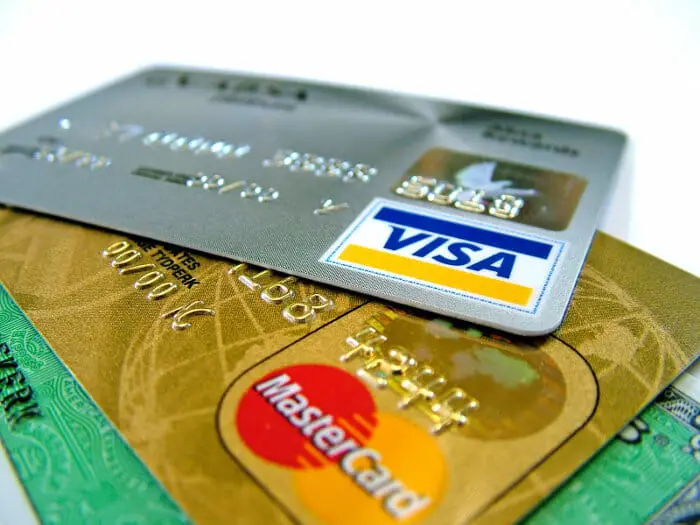Standard Operating Procedure for Internet/Mobile/SMS Banking
1. Any Post Office Savings Account customer may apply for
Internet/Mobile/SMS Banking facility. Savings Account must be standing
at any CBS Post Office but not in Extra Departmental Branch Post Office
in account with CBS Post Office.
2.Account Holder has to apply for Internet and/or Mobile and/or SMS
Banking by filling ATM/eBanking/Mobile Banking Form. If Account holder
has opened savings account after migration to CBS with proper KYC
documents, there is no need for taking fresh KYC documents. If Account
holder has opened Savings Account before migration, fresh Identity and
Address proof as well as photograph has to be taken in Annexure-II of
Account Opening Form(AOF) alongwith ATM/e-Banking/Mobile Banking Request
Form.
3. This form has to be submitted only in the CBS Post Office where
account was opened or where account is currently being operated after
transfer. If a depositor of any account standing at any CBS post office
wants to apply for E/M/SMS Banking at any other CBS Office, he/she has
to first get his/her account transferred to the same CBS Post Office by
following the already laid down procedure. In such cases CPA/SU should
check the current SOL ID of the account which was transferred either in
HACCDET or HACLI menu to confirm the same before enabling
Internet/Mobile/SMS Banking.
4.Once Form alongwith required documents is submitted, Counter PA will
go to IES menu of Finacle to verify signature of the applicant. If
account is a Joint Account ‘B’ type, both the account holders have to
sign the form and Joint Account ’A’ type of account holders cannot apply
for these facilities.
5.Once customer’s signatures and other documents are verified, Counter
PA has to see that all the required fields in the request form have been
properly filled. Counter PA will go to CMRC menu and click on modify
option. In CIF Modification menu, Counter PA has to click on Enable
Internet banking and/or Enable Mobile Banking and/or enable SMS banking
based on the options ticked by the applicant in request form. E Mail ID
and Mobile Phone number are to be mandatorily filled by the Counter PA.
See below screen shot:-
6.Supervisor has to verify the CIF modification in CMRC. After
verification, Supervisor will make entry in a Register to be maintained
in manuscript in CBS SO/HO showing following information:-
Date of apply- Date of delivery of PIN--Savings Account No.- Customer
name-Mobile Number-E Mail ID- Signature of depositor- Initials of
Supervisor
Depositor should be told to attend same CBS Post Office after 10 working
days to get Internet Banking PIN. In case only Mobile banking
facilities are applied, customer should be told to wait for 24 working
hours and thereafter M PIN can be generated by the customer through the
registered mobile number by downloading Mobile App. CIF ID will be the
Login ID, both for Interest and Mobile Banking. In case of SMS banking,
within 48 hours of applying, customer will get 4 digit PIN through SMS.
7. CPC Bangalore will print Internet banking PIN numbers and sent PINs
to the respective CBS Post Office by service Insured Post. CPC Bangalore
should keep sufficient stationary for PIN printing and dispatch. When
any customer attend post office for getting PIN, Supervisor will enter
date of delivery in the register and get deliver PIN mailer under
signature in the register against the entry made on the day of accepting
request form. Supervisor will initial against each entry. Customer
should be told that CIF ID will be the Login ID and Login Password as
well as Transaction Password should be changed after first login and
should not be shared with anyone.
8.Facilities which can be availed by these account holders in Internet
Banking, Mobile Banking and SMS Banking are attached. SMS Short Codes to
be used by SMS Banking Account holders are also attached.
9.Every CBS Post Office has to paste this list of facilities and List Of Short Codes on the Public Notice Board.
10.LOTs and Consolidation of SB,RD,TD and PPF have been changed. A new
selection criteria "Delivery Channel ID" has been added with default
value as "BRN". When click on searcher, it shows following channels:-
BRN-Branch Transactions
BWY- E-Banking -M-Banking Chanel ID
SWT-ATM Channel ID
In BRN, all counter/system transactions done for a SOL will be shown. In
BWY, all transactions done through Internet/Mobile Banking by Savings
Account holders of a SOL will be shown. In SWT, all transactions done
through ATM attached with the SOL will be shown. By default, BRN will be
displayed in these LOTs and consolidation. Any CBS SO/HO should not
account for transactions listed in BWY and SWT channel IDs. These
offices can only see these reports in case of any
complaint/grievance/inquiry.
11.Only Bangalore GPO will generate SB,RD,TD and PPF Consolidation by
selecting BWY as channel ID and putting ALL as Set ID in the MIS server
for the previous working day and account for total amount shown under
different heads in the cash book showing amount as (Through E&M
Banking). One deposit and one withdrawal voucher for the total amount
(scheme-wise) has to be prepared by Bangalore GPO and transferred to
SBCO alongwith printed copy of consolidation.
12.For any complaint regarding Internet/Mobile/SMS banking, customer has
to either dial toll free number 1800-425-2440 or send an e-mail to
postatm@indiapost.gov.in. If customer complains at any CBS Post Office,
his/her complaint may be accepted and forwarded to this e-mail ID. CPC
Bangalore will handle such complaints till further orders.







